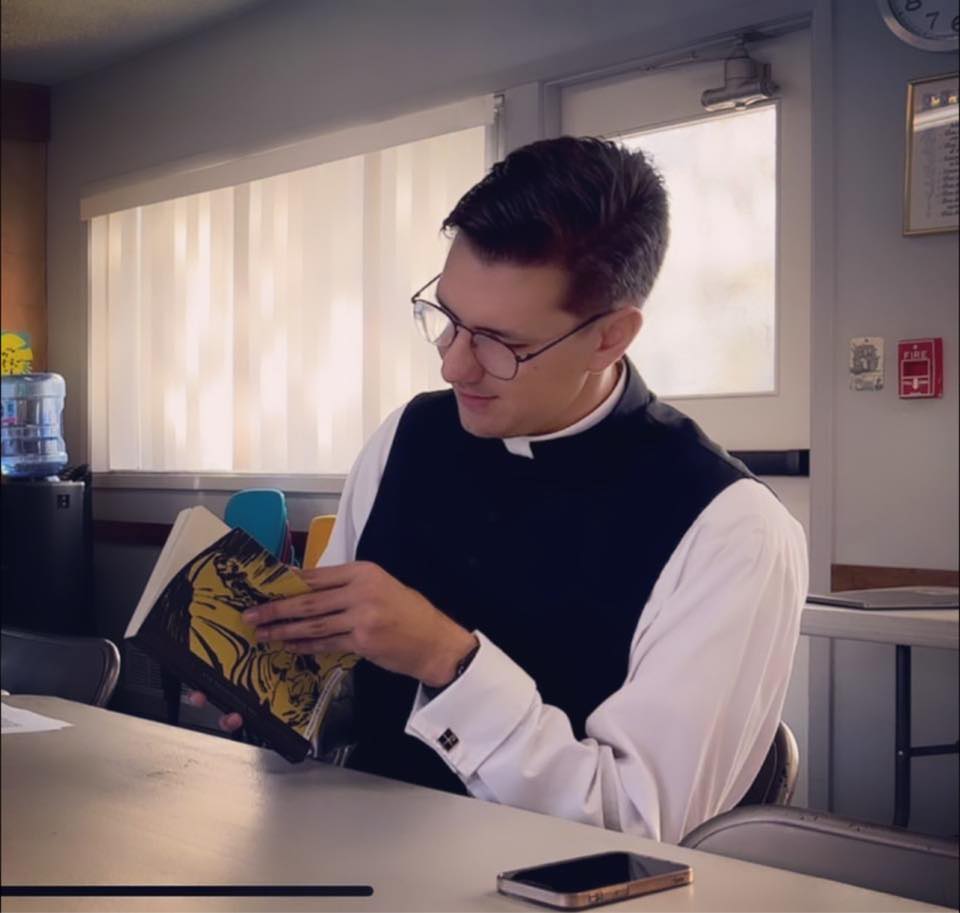Tag: Anglican
-
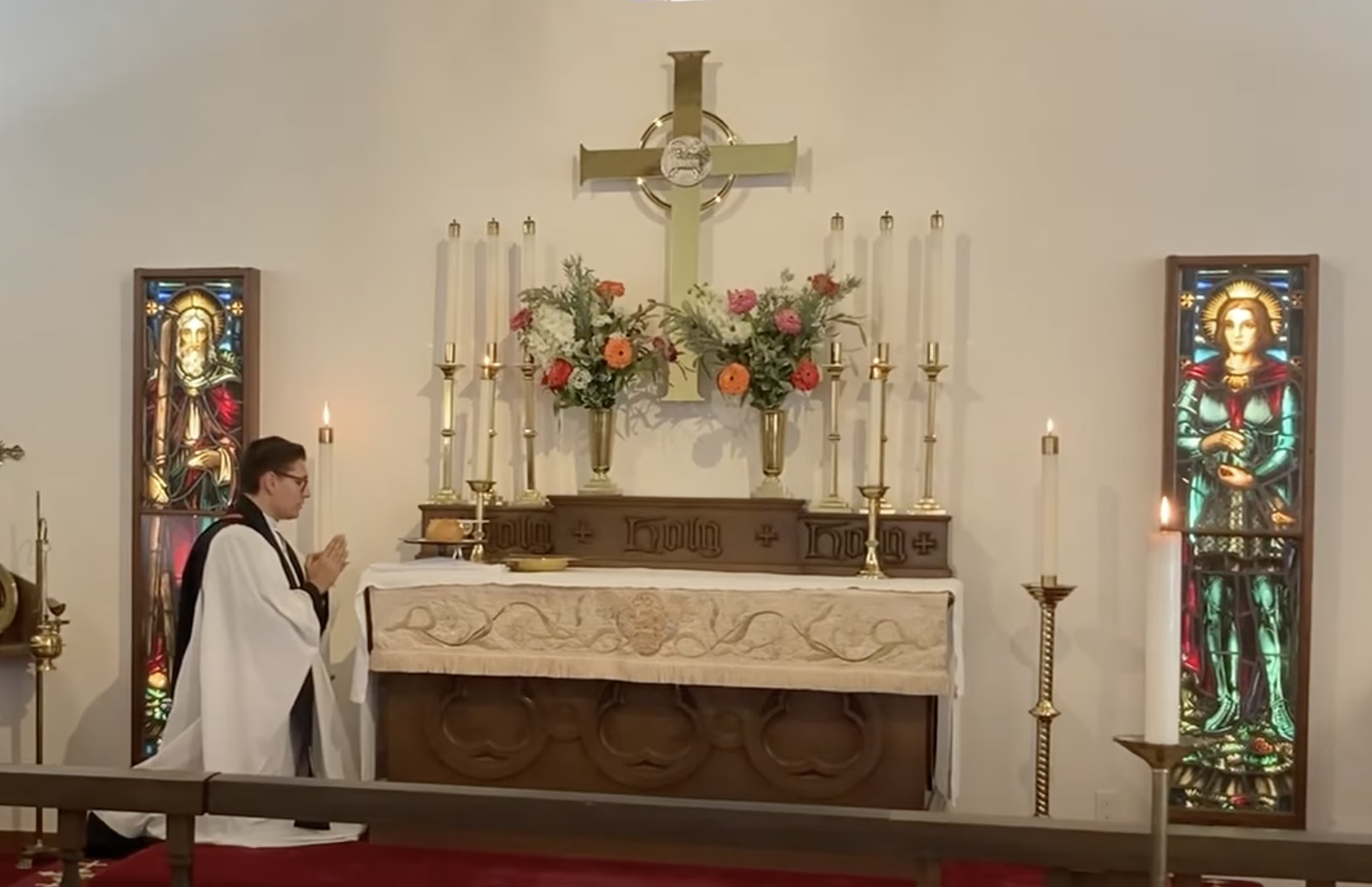
Northside Anglican Worship with the 1662 Book of Common Prayer
Discover authentic Northside Anglican worship using the 1662 Book of Common Prayer.
-
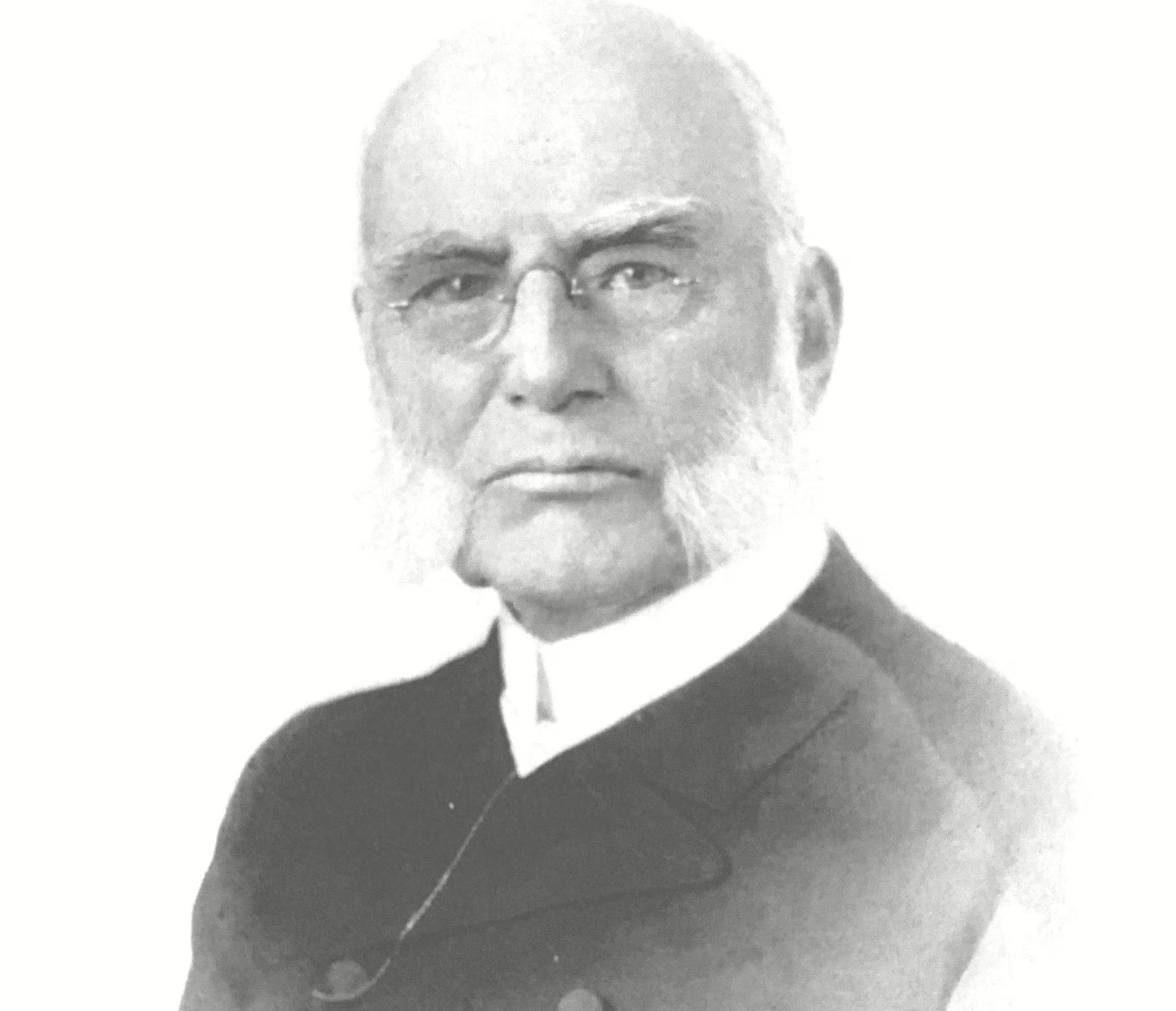
Vestments Controversy in Early Reformed Episcopal Church
A Redditor recently shared one of my articles on anglo-catholicism in the Anglicanism subreddit, sparking a question I often encounter: How can the Reformed Episcopal…
-
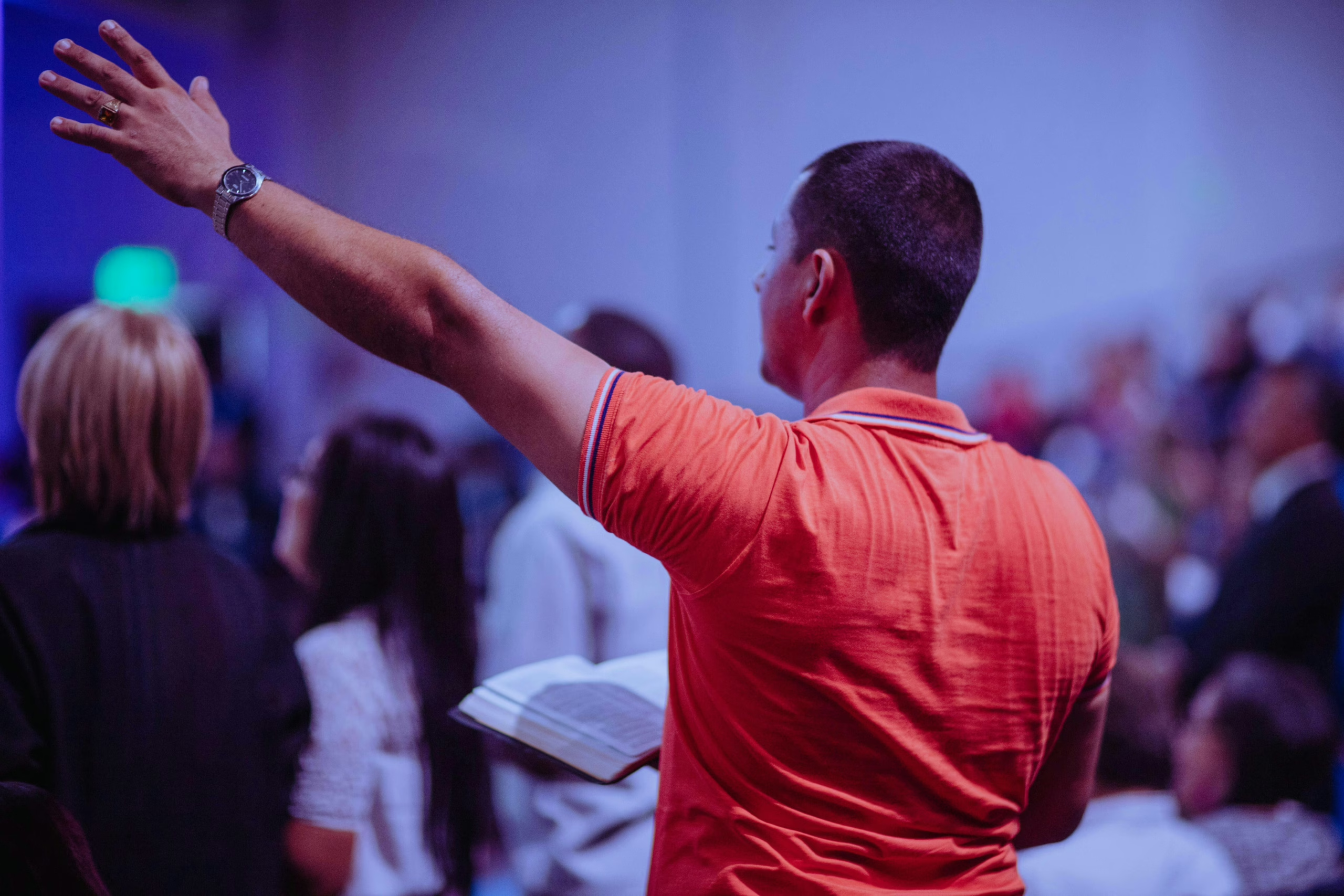
The Duties of an Anglican Churchman
The One, Holy, Catholic, and Apostolic Church is the whole body of those who have been made members of Christ through Holy Baptism. Each member…
-
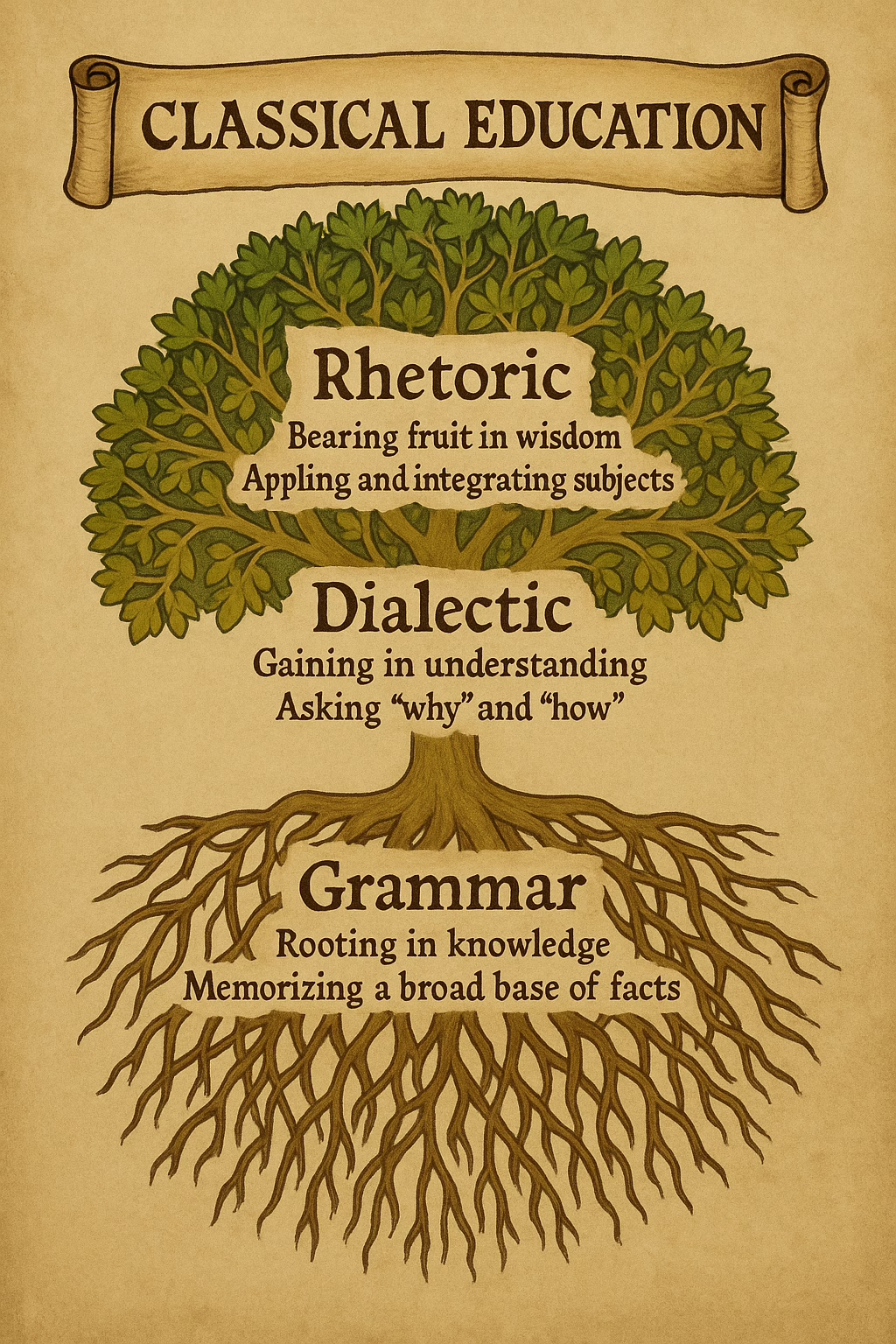
The Roots of Classical Christian Education in Anglican Schools
Celtic Christianity and Classical Education The early missionaries to the British Isles brought not only Christianity but also Western culture to the regions of Ireland,…
-
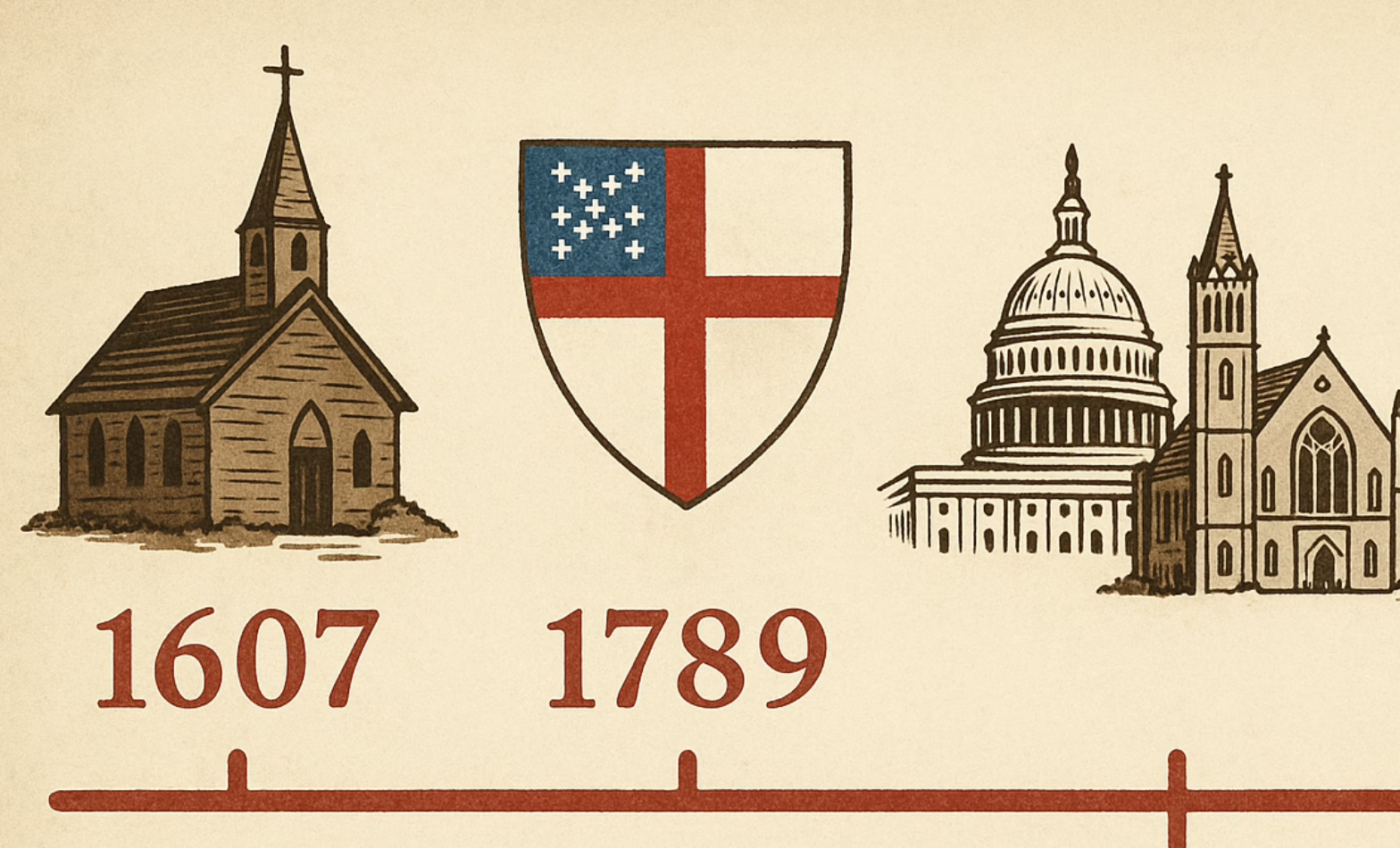
A Brief History of the American Anglican Church (Episcopal)
Understanding the history of the American Anglican and Episcopal Church tradition and its roots in the Anglican Church of England is essential to understanding the…
-
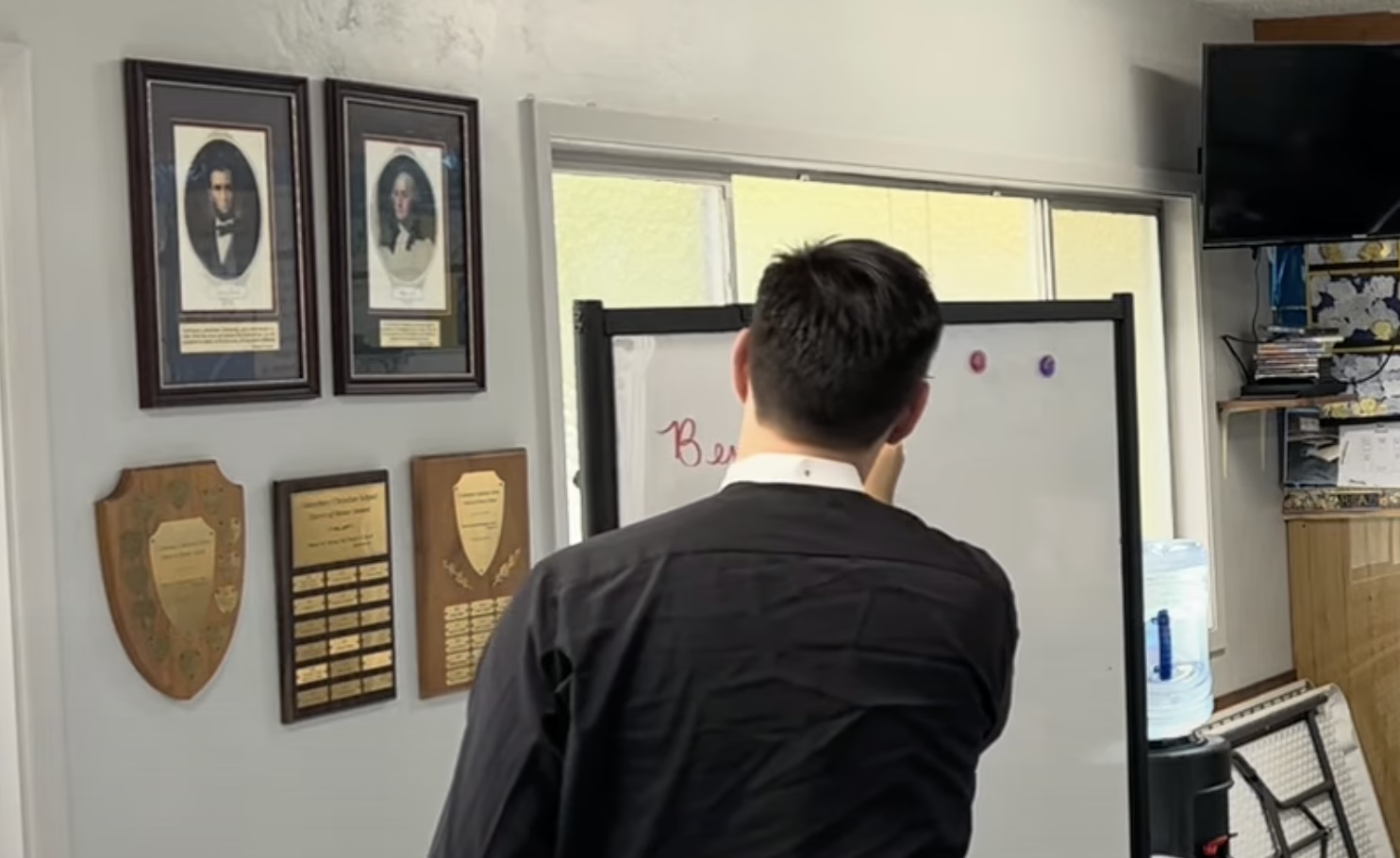
St. Benedict & Creating Your Own Personal “Rule”
Who was St. Benedict? St. Benedict of Nursia (c. 480–547) was a Christian monk who founded the Benedictine monastic tradition and wrote The Rule of…
-
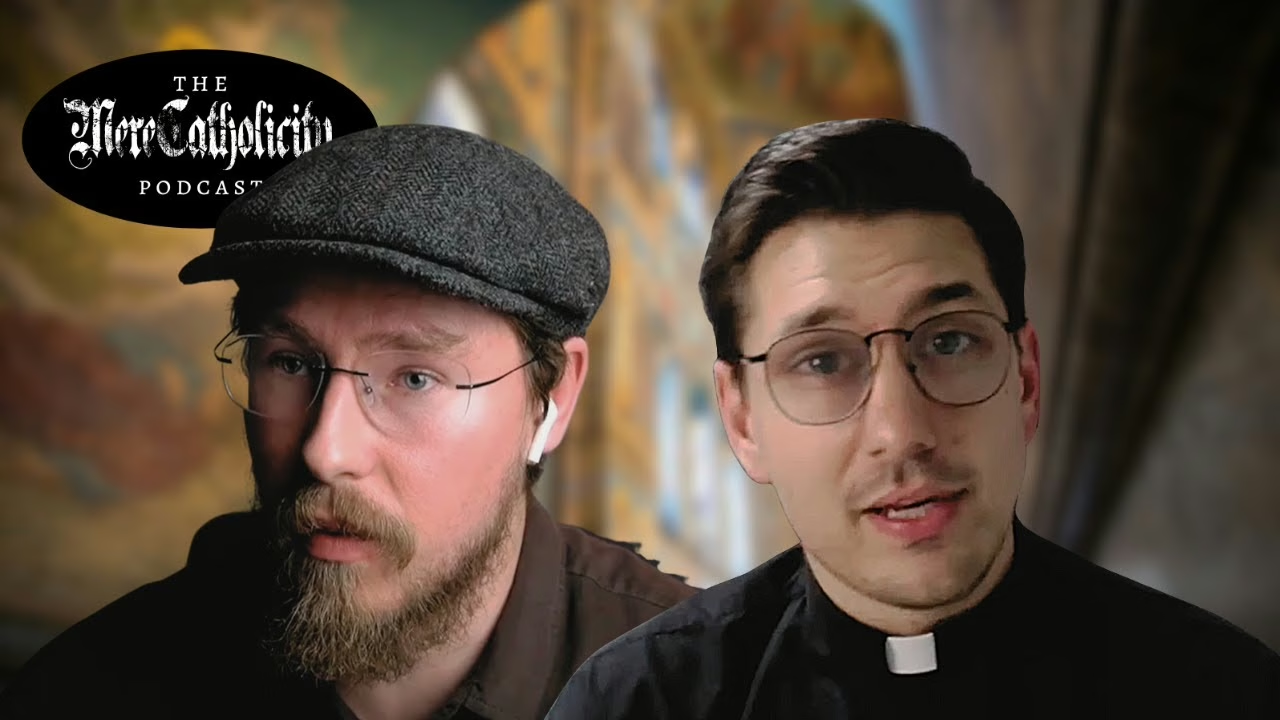
Why Christian Classical Education Matters: Restoring the Roots of Christendom
I recently had the opportunity to be interviewed on The Mere Catholicity Podcast with Jonah M. Saller. This episode, which premiered on February 9, 2024,…
-
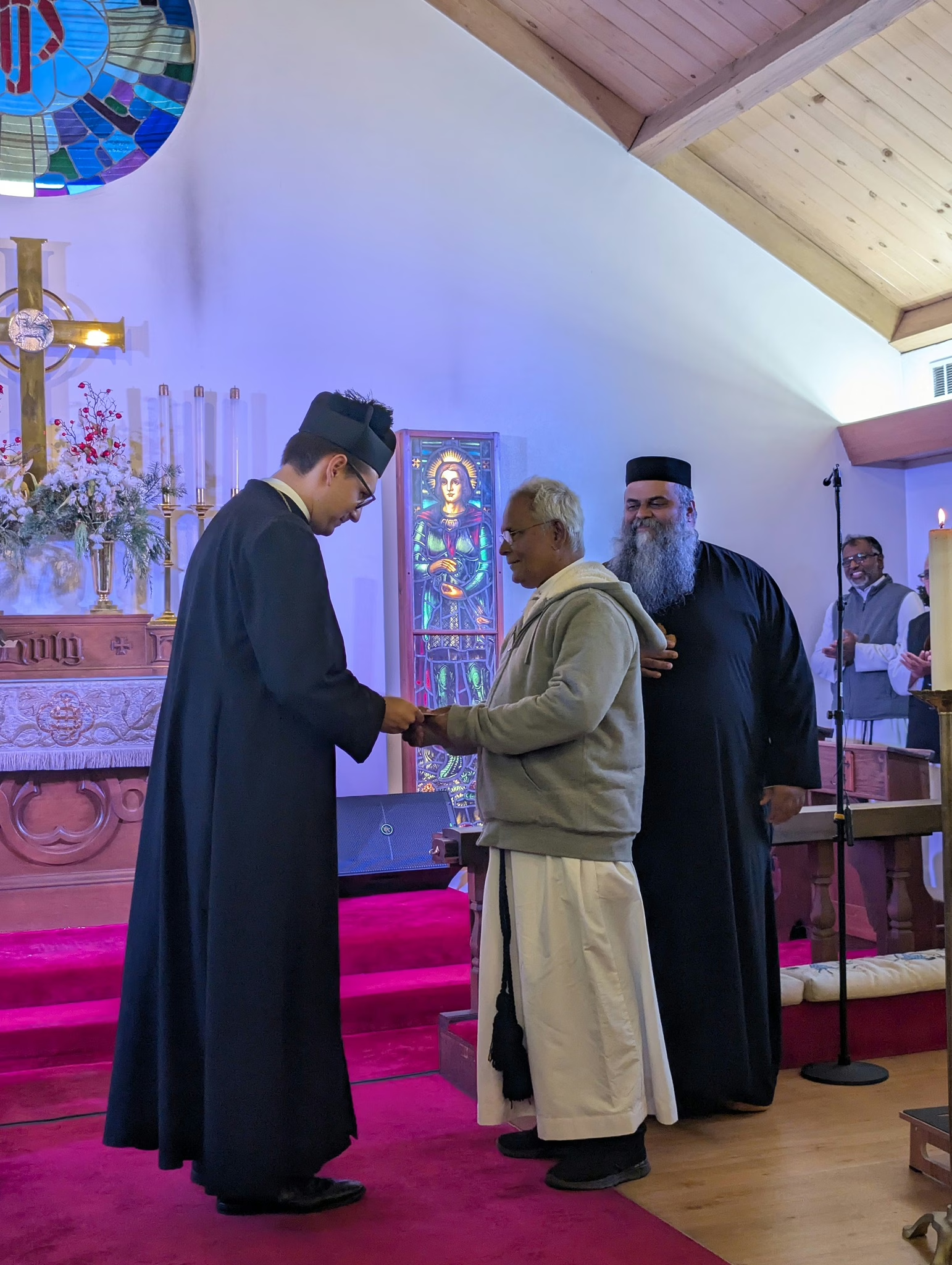
Praying with the St. Thomas Christians
On Sunday evening, I had the joy of preaching at an evening prayer service alongside our brothers and sisters from the Church of South India,…
-
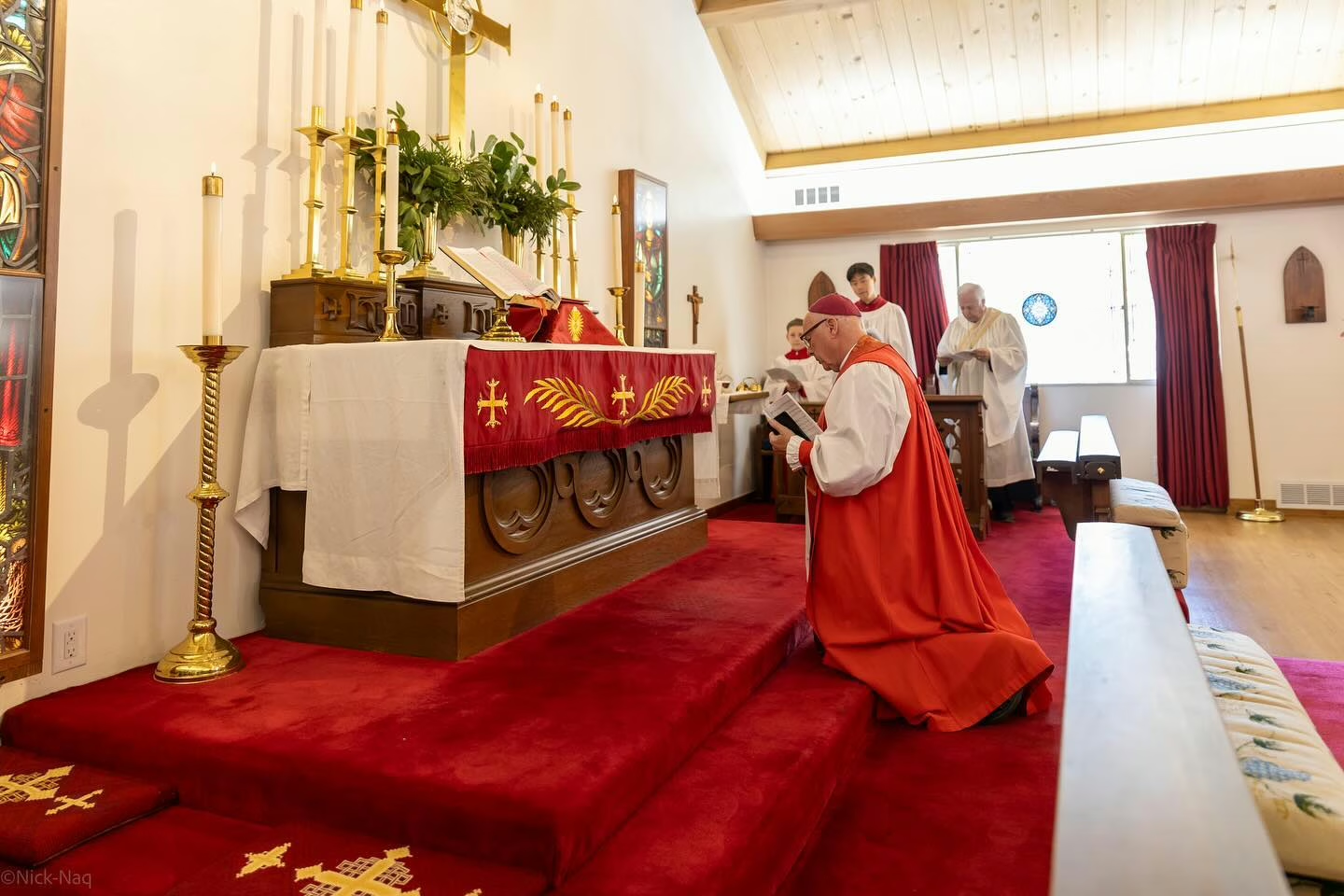
The Year of Bishops
Our parish hosted four Episcopal Visits this year: 1. Bishop Sutton (REC/ACNA) In March 2024, our parish had the privilege of welcoming The Most Rev.…
-
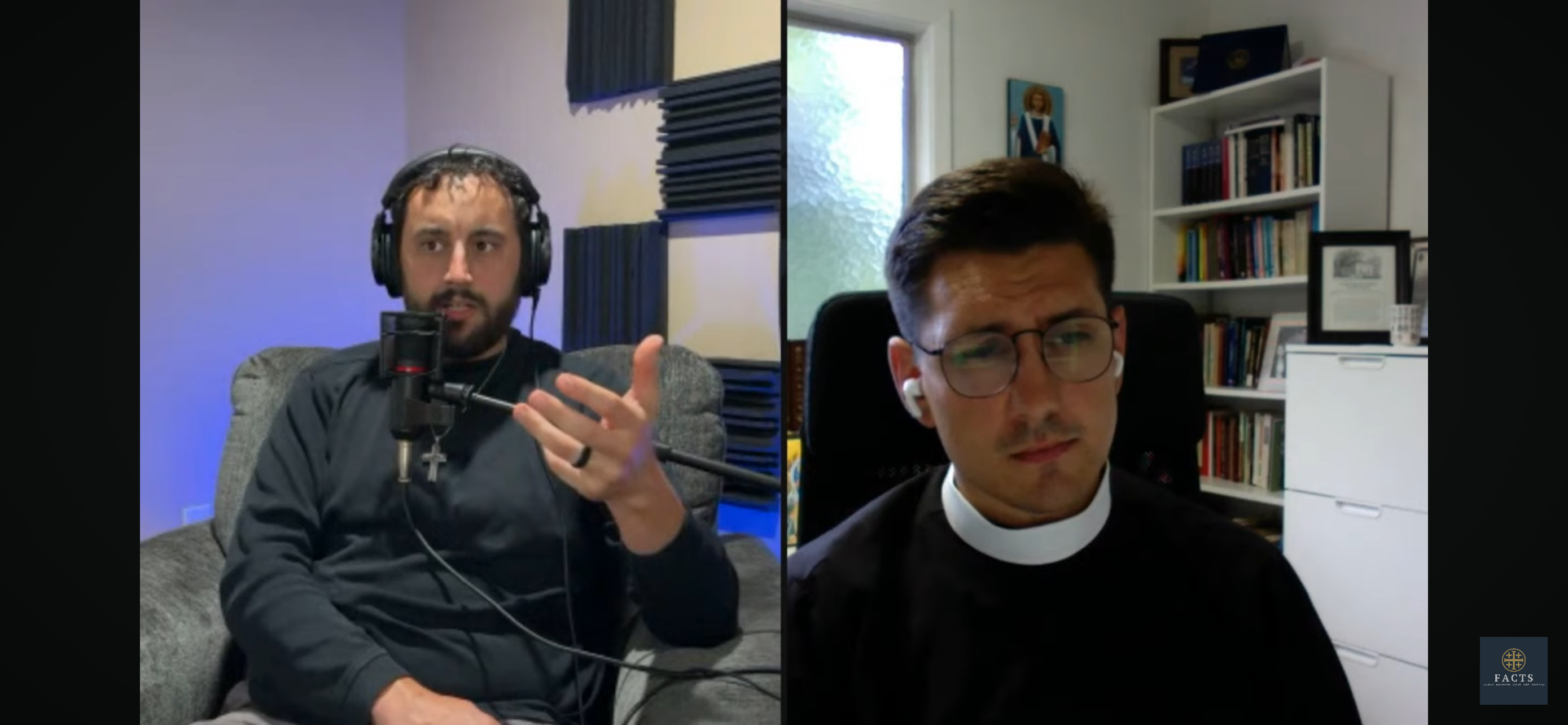
On the FACTS Podcast: “Augustine of Canterbury: The Beginnings of the Church of England?”
I recently had the incredible opportunity to join Dr. Stephen Boyce on the FACTS podcast, where we delved into a fascinating discussion about the origins…
